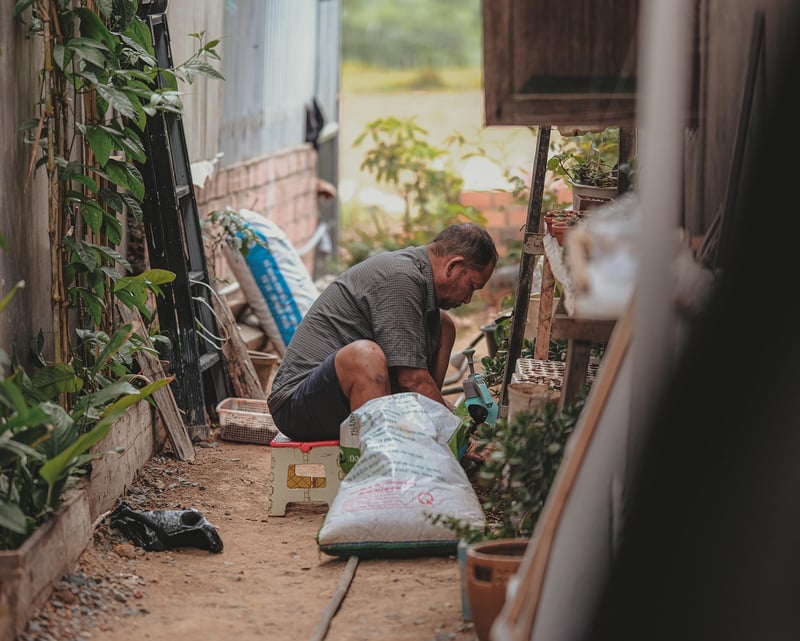Herb Spiral Construction
Creative Urban Gardening Projects + Herb Spiral Construction
Introduction
Urban gardening has gained popularity as more people seek to reconnect with nature and grow their own food in limited spaces. One creative and space-efficient way to garden in urban settings is by constructing herb spirals. Herb spirals not only provide a compact and visually appealing way to grow herbs but also offer various microclimates for different plant species.
Benefits of Urban Gardening
- Access to fresh produce
- Environmentally friendly
- Improves air quality
- Enhances urban aesthetics
- Promotes relaxation and stress relief
Herb Spiral Construction
To construct an herb spiral, you will need the following materials:
- Bricks, stones, or wood for the structure
- Soil mixture (compost, topsoil, sand)
- Herb plants/seeds
- Watering can or hose
Steps to Build an Herb Spiral:
- Choose a sunny location for your herb spiral.
- Mark the spiral's shape on the ground using a rope or hose.
- Begin building the spiral from the center outward, stacking bricks or stones in a spiral pattern.
- Fill the spiral with the soil mixture, making sure to create different planting zones based on moisture and sunlight requirements.
- Plant your herbs, ensuring to place those needing more water at the bottom and those preferring drier conditions at the top.
- Water the spiral thoroughly after planting and regularly as needed.
Examples of Creative Urban Gardening Projects
1. Vertical Gardens: Utilize vertical space by growing plants on walls or trellises.
2. Rooftop Gardens: Convert rooftops into green spaces for growing vegetables, herbs, and flowers.
3. Community Gardens: Collaborate with neighbors to create shared gardening spaces in urban areas.
Conclusion
Urban gardening offers a plethora of benefits and opportunities for creative projects like herb spirals. By incorporating green spaces into urban environments, individuals can enjoy fresh produce, contribute to sustainability, and enhance the beauty of their surroundings.




